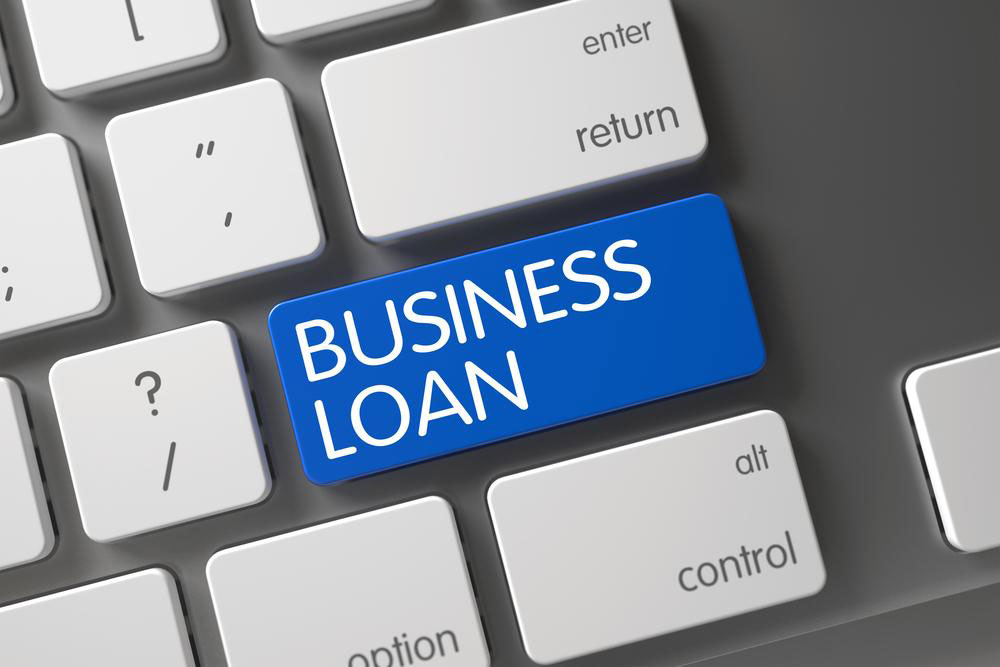Understanding High-Risk Business Financing and Alternative Solutions
Explore high-risk business financing options and alternatives such as SBA loans, asset-based lending, invoice factoring, and equipment leasing. Learn how businesses with poor credit, cash flow issues, or startups can access funding through flexible, collateral-based, and innovative solutions tailored to high-risk profiles.
Sponsored

Understanding High-Risk Business Financing and Alternative Options
Financial institutions often classify business loans as high risk if the company faces challenges such as bad credit scores or inconsistent sales. The criteria for high-risk status can differ among lenders, but common indicators include:
Poor Credit History
If your business or personal credit profiles are not strong, lenders typically view your business as a high-risk candidate, making approval more difficult with conventional lenders.
Cash Flow Challenges
Businesses with irregular or insufficient cash flow may be deemed unable to meet repayment obligations. In some cases, owners might offer personal assets as collateral to secure funding.
Credit and Payment History
Businesses with bankruptcy filings or tax liens typically find it difficult to qualify for traditional bank loans.
New Venture Status
Startups under 3 years old often struggle to obtain funding because their long-term viability remains unproven, categorizing them as high risk.
In such cases, business cash advances could be a suitable alternative. These lenders usually do not require detailed business plans, good credit, or collateral, as they base their decisions on anticipated credit card sales.
Flexible repayment options are a key advantage; payments decrease during low sales periods and increase when sales are strong.
Another alternative is SBA loans, where the government absorbs a significant portion of losses if the borrower defaults. Businesses unable to secure traditional loans can seek SBA-backed financing through special programs.
Assets such as commercial or personal real estate can serve as collateral for high-risk asset-based lending, offering up to 50% of the asset's equity as a loan.
Invoice financing enables companies to sell unpaid invoices—typically due within 30 to 90 days—to a factoring firm for immediate cash. The factor advances a large percentage initially and releases the remaining funds after collection.
Business owners can lease equipment to lenders for a fixed period, with options to buy or renew at the end. Using equipment as collateral reduces lender risk and provides financing options for small businesses.






